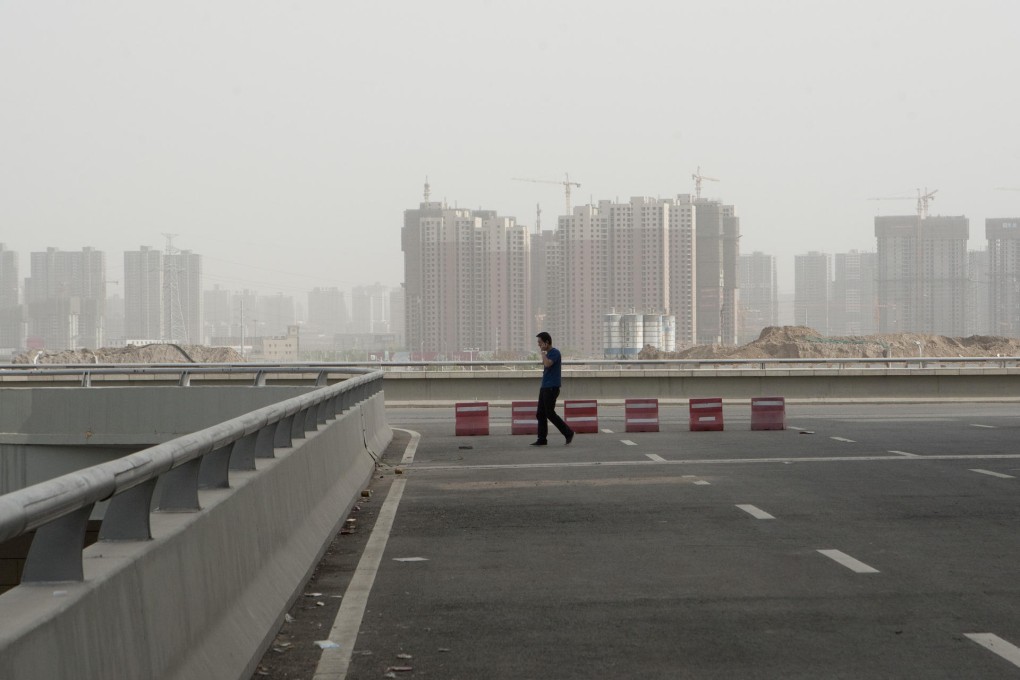Contradictions tower over China's urbanisation push
Samsung's US$7 billion semiconductor plant sitting on land spanning 9.4 square kilometres in the southwest of China's ancient capital of Xian is a gleaming example of the inherent contradictions in Premier Li Keqiang's new urbanisation drive.

Samsung's US$7 billion semiconductor plant sitting on land spanning 9.4 square kilometres in the southwest of China's ancient capital of Xian is a gleaming example of the inherent contradictions in Premier Li Keqiang's new urbanisation drive.
The single biggest inbound investment on the mainland, the Samsung plant helps move manufacturing know-how up the value chain in the highly competitive technology sector where the government says it must succeed to boost productivity and make the most of long-term economic growth potential.
At the same time, the plant reinforces a national dependence on investment spending that runs at levels that worry the International Monetary Fund - and is likely to do so for years to come while it remains the principal route to career progression for Communist Party officials in local governments across the country.
"Local governments have no choice but to repeat the old path of urbanisation to expand local economies rapidly and aggressively" if the current evaluation and stimulation system is not changed, Hua Sheng, a noted economist and president of Beijing Yanjing Overseas Chinese University, told the South China Morning Post.
President Xi Jinping has said the performance of local officials should not be judged simply on gross domestic product numbers, but given the lack of concrete details on what else to measure, optimism for an overhaul of the system is held in check.
Right now, the more investment spending local governments do, the more GDP rises and every official knows that beating the centrally dictated GDP target has been the sure-fire way to promotion for years.